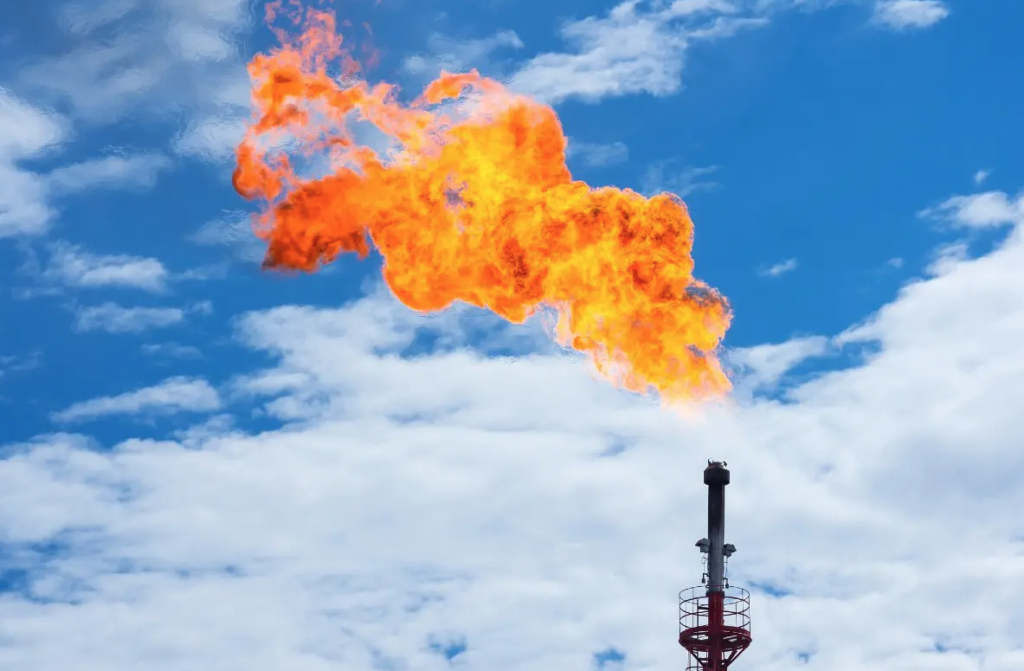Updated rules 40 years old
– New rules, more stringent, on emissions from fossil deposits. Turn of the screw on flaring and venting, ie the release into the atmosphere or controlled combustion of methane. More loss control obligations for producers and leak repair. And an increase in loss compensation. These are the stakes of the new limits to methane emissions approved on March 27 by the Department of Interior of the United States and in force from next June.
Flaring and venting at the heart of US methane emission limit
Although in the United States, methane emissions – a greenhouse gas with a climate-altering power 82.5 times greater than CO2 in the first 20 years it remains in the atmosphere – fell by 16% between 1990 and 2021, represent still one of the less regulated aspects and with a high potential for improvement. In 2021, according to data from the US Environmental Protection Agency, they amounted to 239 million tons of CO2 equivalent, more than half originated from the production of gas (39%) and oil (21%), with significant losses even in the transport and storage phase (19%)distribution (6%) and processing (6%). In 2021, together with the EU, Washington launched the Global Methane Pledge, a global initiative to cut CH4 emissions by 30% by 2030.
The new limits to US methane emissions mainly address flaring and venting activities, which have increased significantly in recent decades. Between 2010 and 2020, total volumes of fossil gas dispersed voluntarily reached 1.2 billion cubic meters (bcm), 4 times more than in the period 1990-2000.
“This final rule, which updates 40-year-old regulations, promotes the Biden-Harris administration’s goals of preventing waste, protecting our environment and ensuring a fair return to American taxpayers,” said Interior Secretary Deb Haaland. “Using modern technology and best practices to reduce natural gas waste, we are taking long-awaited measures that will increase the responsibility of oil and gas operators and will benefit energy communities now and for generations to come“.

